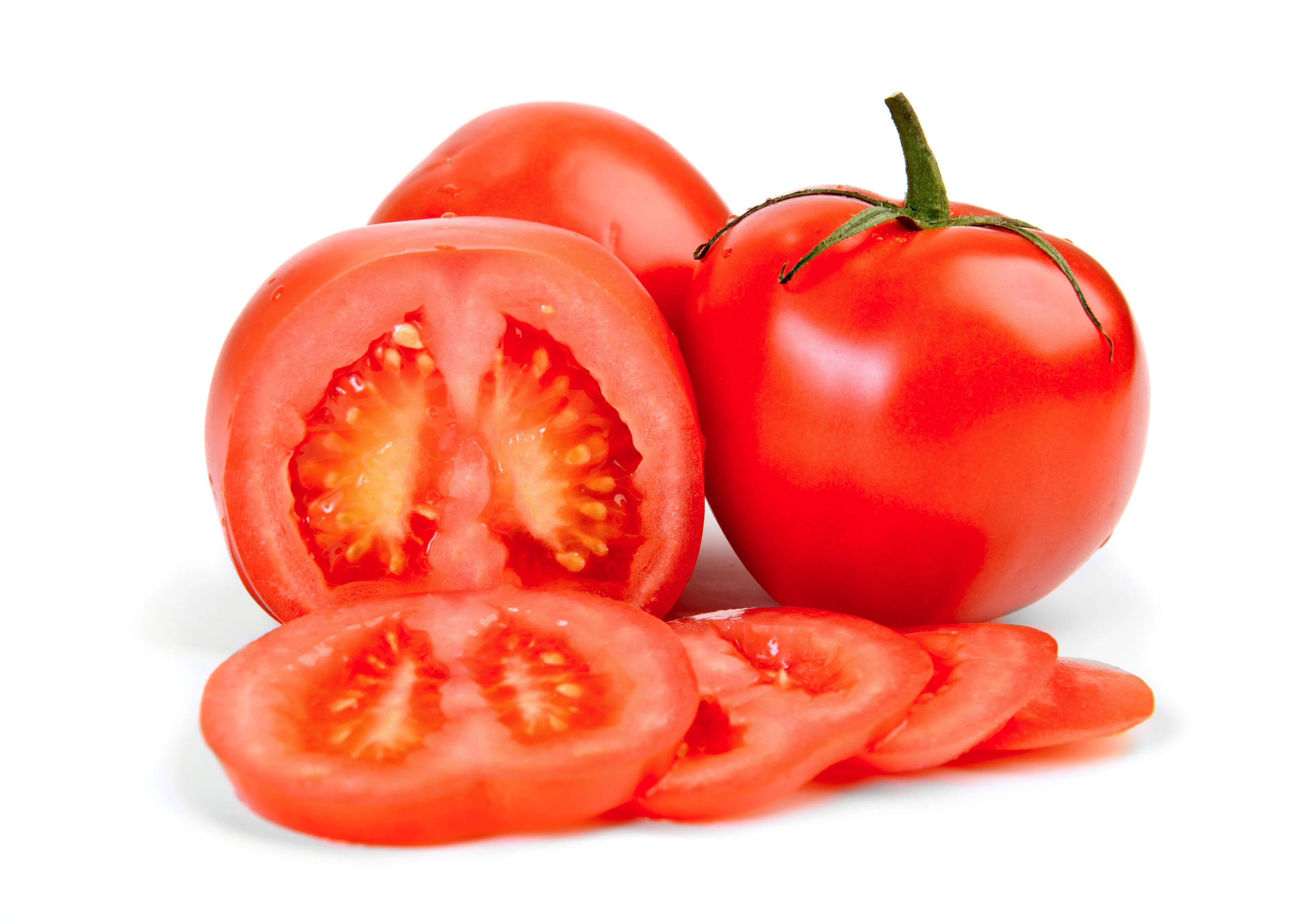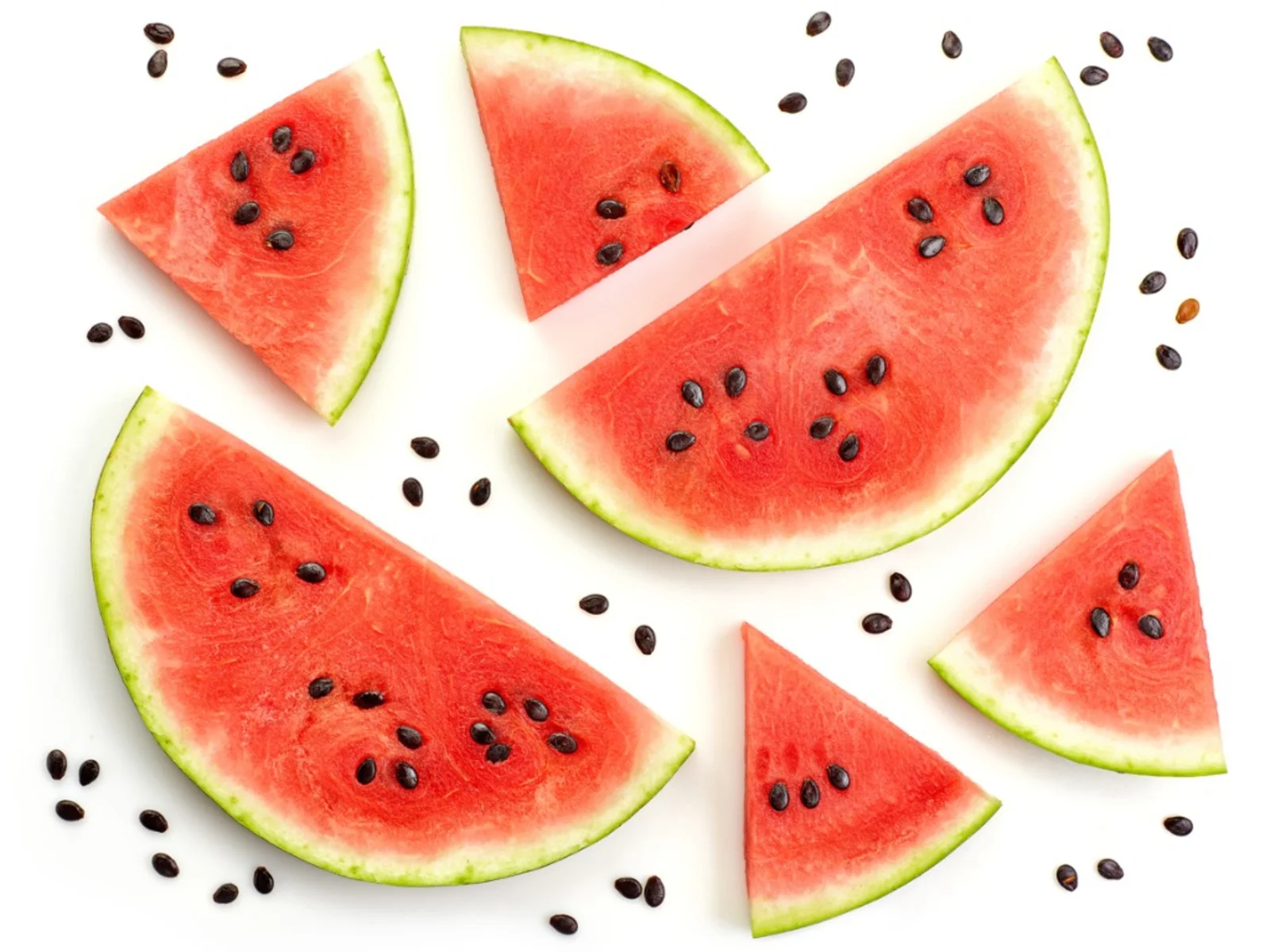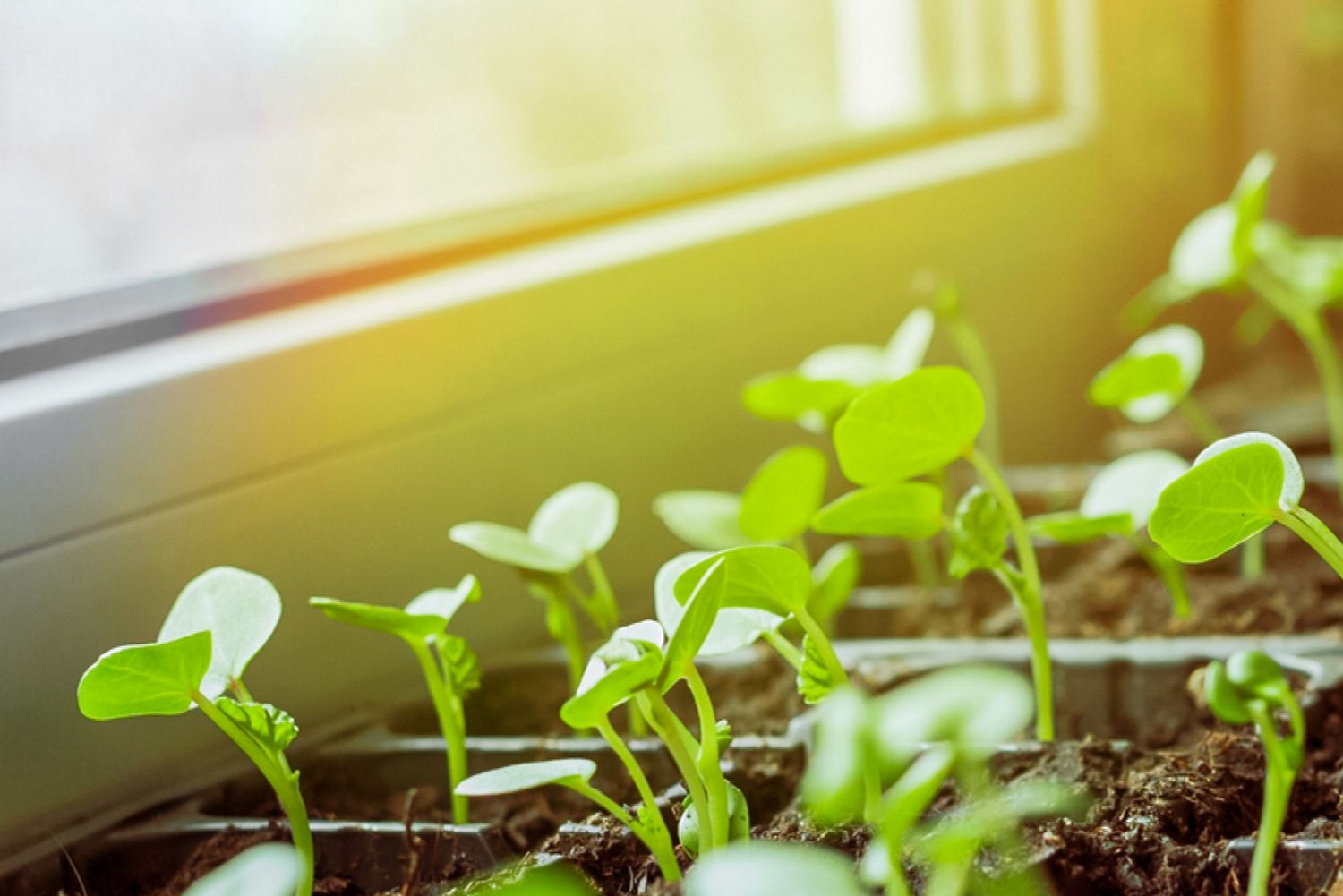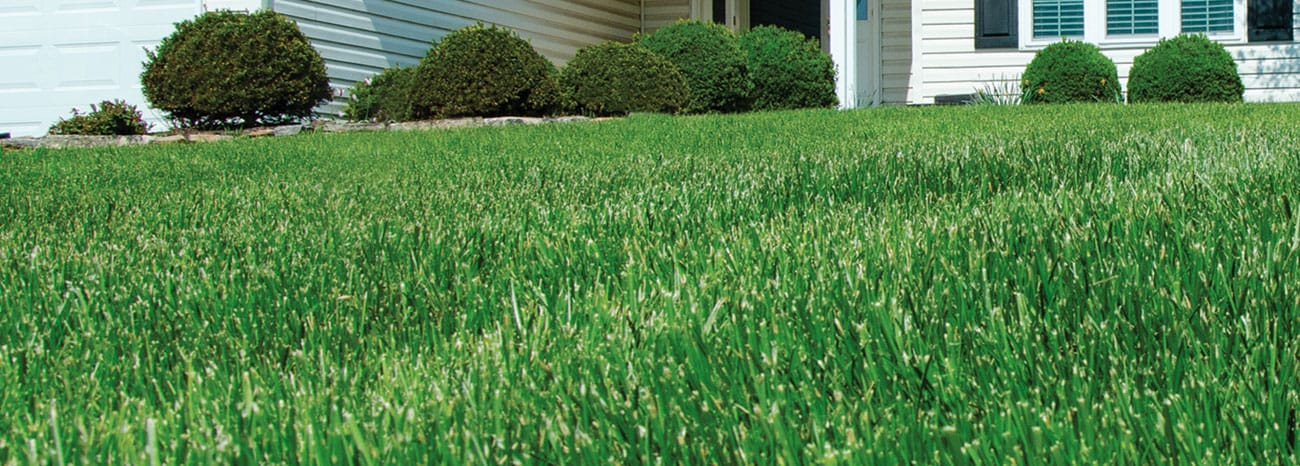Home>Gardening Tips and Tricks>Problem Solving>When Should You Turn On Irrigation System


Problem Solving
When Should You Turn On Irrigation System
Modified: January 22, 2024
Learn when to turn on your irrigation system and solve common problems with our expert tips. Don't let irrigation issues ruin your garden!
(Many of the links in this article redirect to a specific reviewed product. Your purchase of these products through affiliate links helps to generate commission for Chicagolandgardening.com, at no extra cost. Learn more)
Table of Contents
Introduction
Proper watering is essential for maintaining healthy plants and a lush garden. When it comes to irrigation systems, knowing when to turn them on is crucial. While it may seem like a simple task, there are several factors to consider in order to optimize the watering schedule for your plants. In this article, we will explore these factors and provide guidance on when you should turn on your irrigation system.
Watering your plants at the right time is essential for their overall health and growth. Too much or too little water can have detrimental effects on plants, leading to root rot, nutrient deficiencies, or even plant death. By understanding the various factors that influence watering decisions, you can ensure that you are providing your plants with the optimal amount of water.
In the following sections, we will delve into these factors in more detail, discussing the importance of soil moisture, weather conditions, plant types, and time of day. We will also touch on any water restrictions that may be in place and discuss the key signs to look out for when your plants are in need of watering. By the end of this article, you will have a comprehensive understanding of when and how to turn on your irrigation system to keep your plants thriving.
Factors to Consider
When deciding when to turn on your irrigation system, there are several important factors to consider. These factors can vary depending on your specific location, climate, and the type of plants you have. By taking these factors into account, you can create an effective watering schedule that will promote healthy growth and conserve water.
One of the primary factors to consider is soil moisture. It’s essential to monitor the moisture levels in your soil to determine when it’s time to water. Different plants have different moisture requirements, so understanding the needs of your plants is crucial. You can use a soil moisture meter or simply dig a small hole to check the moisture level. If the soil feels dry several inches below the surface, it’s time to water.
Weather conditions also play a significant role in determining the watering schedule. On hot and dry days, plants tend to lose more moisture through evaporation. Therefore, you may need to increase the frequency and duration of irrigation during these periods. Similarly, during cooler and rainy days, plants may need less water as they receive natural hydration from the rain.
Another factor to consider is the type of plants you have. Different plants have different water requirements. Some plants, like succulents, have adapted to arid environments and can tolerate longer periods without water. On the other hand, plants with shallow roots, such as annual flowers, often require more frequent watering. Understanding the specific needs of your plants will help you determine the appropriate watering schedule.
The time of day you choose to water can also impact the effectiveness of your irrigation system. It is generally recommended to water your plants early in the morning or late in the evening when the temperatures are cooler. This allows the water to penetrate the soil deeply before any evaporation occurs. Avoid watering during the middle of the day when the sun is at its strongest, as this can lead to water loss through evaporation and potentially cause damage to the plants.
Additionally, it’s important to be aware of any water restrictions that may be in place in your area. Some regions have specific guidelines and regulations regarding when and how you can use water for irrigation purposes. Make sure to familiarize yourself with these restrictions and adjust your watering schedule accordingly to comply with the regulations.
By considering these factors, you can create an effective and efficient watering schedule for your plants. Monitoring the soil moisture, taking into account weather conditions, understanding the water requirements of your plants, choosing the right time of day, and adhering to any water restrictions will help ensure that your irrigation system is used optimally, promoting healthy plant growth and conserving water resources.
Soil Moisture
Understanding the moisture levels in your soil is essential when deciding when to turn on your irrigation system. The moisture content in the soil directly affects the health and growth of your plants. Different plants have different moisture requirements, so it’s important to monitor the soil moisture levels to ensure that your plants are receiving the adequate amount of water.
One simple way to check the moisture level is by using a soil moisture meter. These devices can be inserted into the soil and provide a reading of the moisture content. Alternatively, you can perform a manual test by digging a small hole in the soil and feeling it with your fingers. If the soil feels dry several inches below the surface, it’s an indication that it’s time to water your plants.
When watering your plants, it’s important to ensure that the water reaches the root zone. Watering deeply rather than shallowly encourages the roots to grow deeper into the soil, making the plants more resilient to drought. To achieve this, water the plants slowly and evenly, allowing the water to penetrate the soil deeply. Avoid overwatering, as it can lead to waterlogging and root rot.
It’s worth noting that the soil type can influence the retention of moisture. Sandy soils, for example, drain water quickly and may require more frequent irrigation. On the other hand, clay soils hold moisture for longer periods, so they may require less frequent watering. Understanding the characteristics of your soil will help you determine the optimal watering schedule for your plants.
Another factor to consider is the time it takes for the soil to dry out after watering. This can vary depending on various environmental factors such as temperature, humidity, and airflow. By monitoring the drying time, you can adjust your watering schedule accordingly. If the soil dries out quickly, you may need to increase the frequency of watering. Conversely, if the soil retains moisture for an extended period, you may need to reduce the frequency of watering.
By regularly monitoring the moisture levels in your soil and adjusting your irrigation system accordingly, you can ensure that your plants receive the optimal amount of water. Remember to consider the specific water requirements of your plants, the soil type, and the environmental factors that can influence soil moisture levels. By keeping your plants adequately hydrated, you will promote healthy growth and prevent issues related to over or under watering.
Weather Conditions
Weather conditions play a crucial role in determining when to turn on your irrigation system. The climate in your area, along with daily weather patterns, can have a significant impact on plant water needs. By considering the weather conditions, you can adjust your irrigation schedule accordingly and provide your plants with the right amount of water.
During hot and dry periods, plants tend to lose more moisture through evaporation. As a result, you may need to increase the frequency and duration of irrigation. It’s important to keep an eye on the weather forecast, particularly during heatwaves, to identify prolonged dry spells. Making adjustments to your watering schedule during these periods will help prevent your plants from becoming dehydrated.
On the other hand, during cooler and rainy days, you may not need to water your plants as frequently. Rainwater provides natural hydration to the plants, reducing the need for additional irrigation. However, it’s essential to strike a balance and avoid overwatering. If there has been substantial rainfall, check the soil moisture levels before deciding whether to water or not. Remember that excessive water can lead to root rot and other issues.
Another weather factor to consider is wind. Wind can increase the rate of evaporation from the soil and plant leaves, causing water to be lost more rapidly. Additionally, windy conditions can impair your irrigation system’s efficiency by causing water to drift away from the intended target. If you experience strong winds, it may be necessary to adjust your watering schedule to compensate for the increased water loss.
In some regions, seasonal weather patterns may also influence the watering schedule. For example, during the summer months, when temperatures are typically higher, plants generally require more water. During the cooler winter months, water needs may be reduced due to lower temperatures and decreased evaporation rates. Understanding the seasonal weather patterns in your area will help you determine the appropriate watering schedule for your plants.
By considering the weather conditions and making adjustments to your irrigation system accordingly, you can ensure that your plants receive the right amount of water. Keeping track of the temperature, rainfall, wind, and seasonal climate patterns will help you create an effective watering schedule that promotes the health and vitality of your plants while conserving water resources.
Plant Types
Different types of plants have varying water requirements, so it’s essential to consider the specific needs of your plants when deciding when to turn on your irrigation system. Understanding the characteristics of your plants and their water preferences will help you create a tailored watering schedule that promotes healthy growth.
Some plants, such as succulents and cacti, are adapted to arid environments and have the ability to store water in their leaves, stems, or roots. These plants typically require less frequent watering and can tolerate drier conditions. Overwatering these plants can be detrimental, as it can lead to root rot and other issues. It’s important to let the soil dry out between waterings for these water-efficient plants.
On the other hand, plants with shallow roots, such as annual flowers or vegetables, have higher water requirements and may need more frequent watering. These plants rely on moist soil to sustain their growth and development. Monitoring soil moisture levels and providing regular irrigation to these plants will help them thrive.
Additionally, consider the size and maturity of your plants when determining their watering needs. Newly planted or small plants require more frequent watering until their root systems become established. As the plants mature and develop deeper root systems, they typically require less frequent watering, as their roots can access water from deeper in the soil.
It’s worth noting that plants grown in containers have different watering requirements compared to those planted in the ground. Containerized plants often require more frequent watering, as the limited soil volume allows for faster drying. Be sure to check the soil moisture levels in containers regularly and water accordingly.
Knowing the characteristics of your specific plant species is crucial to understanding their water requirements. Researching or consulting with local gardening experts can provide valuable insights into the specific needs of different plant types. By tailoring your watering schedule to suit the plants in your garden, you’ll support their overall health and prevent issues related to over or under watering.
Time of Day
The time of day you choose to water your plants can significantly impact the effectiveness of your irrigation system. Timing your watering correctly can help conserve water, prevent water loss through evaporation, and ensure that your plants receive the maximum benefit from the irrigation.
It is generally recommended to water your plants early in the morning or late in the evening when temperatures are cooler. This allows the water to penetrate the soil effectively before any significant evaporation occurs. Watering during the middle of the day, when the sun is at its strongest, can lead to rapid evaporation and water loss, reducing the efficiency of your irrigation.
Watering in the early morning has its advantages. The cooler temperatures allow the water to soak into the soil without quickly evaporating. The plants have sufficient time to absorb the water before the heat of the day sets in. Additionally, watering in the morning means the foliage has the opportunity to dry off throughout the day, reducing the risk of diseases caused by prolonged moisture on the leaves.
Late evening watering is also an effective option, especially during the hotter months. By watering in the late evening, the plants have a chance to absorb the moisture overnight when temperatures are lower. However, be cautious not to water too late in the evening, as extended moisture on the leaves during the night can create a conducive environment for fungal diseases.
It’s important to note that watering during the late afternoon or early evening should be avoided, particularly in cooler climates. Watering late in the day and allowing the foliage to remain wet overnight can increase the risk of fungal diseases. If it is the only available time for you to water, consider using drip irrigation or soaker hoses to minimize wetting the foliage.
In certain cases, such as during extreme heatwaves or prolonged dry spells, you may need to make adjustments to the watering schedule. It may be necessary to provide an additional light watering during the hottest part of the day to help cool the plants and prevent excessive dehydration. However, this should only be done sparingly and in extreme circumstances.
By choosing the right time of day to water your plants, you can optimize the effectiveness of your irrigation system while minimizing water loss and promoting healthy plant growth. Early morning or late evening watering when temperatures are cooler allows for efficient water absorption and reduces the risk of evaporation. However, be mindful of the potential for fungal diseases if foliage remains wet overnight.
Water Restrictions
Water restrictions are regulations put in place by local authorities to manage water usage during times of water scarcity or to promote sustainable water conservation practices. These restrictions can vary depending on your location and may affect when and how you can use water for irrigation purposes. It is essential to be aware of any water restrictions that apply to your area and adhere to them.
Water restrictions often include guidelines on when you can water your plants, such as specific days or times. Some areas may implement alternate day watering schedules, allowing residents to water their gardens on specific days of the week. Others may have restrictions on the duration or frequency of watering. Familiarizing yourself with these guidelines will help you plan your irrigation schedule accordingly.
One common water restriction is the implementation of water use zones or designated watering days based on odd or even street numbers. This means that residents with odd street numbers can water their gardens on specific days, while those with even street numbers have different designated watering days. Following these zoning regulations helps distribute water usage evenly and ensures fair access to water resources.
In some areas, water restrictions may prohibit the use of certain irrigation methods, such as sprinklers or overhead watering systems that have a higher potential for water wastage due to evaporation or runoff. Instead, authorities may encourage the use of more efficient irrigation methods like drip irrigation or soaker hoses. These methods deliver water directly to the plants’ root zones, minimizing water loss and promoting efficient water use.
To comply with water restrictions, it may be necessary to adjust your watering schedule, particularly during drought conditions or times of water shortage. Implementing strategies such as collecting and reusing rainwater, installing water-efficient fixtures and devices, and using mulch to retain soil moisture can help conserve water and reduce your reliance on irrigation.
It is important to stay updated on any changes or updates to water restrictions in your area. Local authorities or water management agencies typically provide information regarding current water restrictions and any adjustments to the regulations. Stay informed through official channels, such as websites or notifications, and ensure that you are following the guidelines to avoid any penalties or fines associated with non-compliance.
By being mindful of water restrictions and following the guidelines set forth by your local authorities, you can contribute to water conservation efforts and help ensure the sustainable use of water resources. Adapting your irrigation practices to comply with the restrictions will allow you to maintain healthy plants while playing your part in conserving water for your community and the environment.
Signs of Dehydration
Monitoring your plants for signs of dehydration is crucial in determining when to turn on your irrigation system. Dehydration occurs when plants do not receive enough water, leading to stress and potential damage. By being aware of the signs of dehydration, you can take prompt action to provide your plants with the water they need.
One of the most obvious signs of dehydration is wilting. When plants lack sufficient water, their leaves become limp and droopy. However, it’s important to differentiate between wilting caused by dehydration and wilting caused by other factors, such as excessive heat or root damage. To confirm if dehydration is the issue, check the soil moisture level and adjust your watering schedule accordingly.
Another sign of dehydration is yellowing or browning of leaves. When plants are deprived of water, they may begin to show discoloration, starting from the tips or edges of the leaves. In severe cases of dehydration, the entire plant may turn yellow or brown. Assess the soil moisture and increase the frequency or duration of watering if necessary.
Stunted growth is another indication that your plants are not receiving sufficient water. If your plants are not growing as expected or if they appear smaller than usual, it could be a sign of dehydration. Inadequate water supply inhibits proper nutrient uptake and impairs growth processes. Adjust your watering schedule and ensure that the plants receive adequate moisture for optimal growth.
Dry or cracked soil is a visual indicator that the soil lacks moisture and that your plants may be dehydrated. Inspect the soil around the plant’s root zone and pay attention to its texture and appearance. If the soil is dry and crumbly, it’s a clear indication that watering is needed. Water the plants deeply to ensure proper hydration of the soil.
Leaf drop or excessive leaf shedding can also occur when plants are deprived of water. This is a defense mechanism where the plant drops leaves to reduce water loss through transpiration. If you notice a significant increase in leaf drop, it could be a sign of dehydration. Adjust your watering schedule to ensure the plants receive adequate hydration and prevent further leaf loss.
It’s important to note that different plant species may exhibit varying signs of dehydration. Research and familiarize yourself with the specific signs related to the plants in your garden. Regularly inspect your plants for any visible indicators of dehydration and make adjustments to your watering schedule as needed.
By closely monitoring your plants and being vigilant for signs of dehydration, you can take pro-active measures to keep your plants healthy and hydrated. Adjusting your watering schedule based on these signs will help prevent stress and damage to your plants and ensure their continued growth and well-being.
Conclusion
Determining when to turn on your irrigation system is a critical decision that can significantly impact the health and vitality of your plants. By considering factors such as soil moisture, weather conditions, plant types, time of day, water restrictions, and signs of dehydration, you can create an effective watering schedule that promotes healthy growth and conserves water resources.
Monitoring soil moisture levels is essential in gauging when your plants need watering. By using tools like soil moisture meters or performing manual tests, you can determine when the soil is dry and in need of hydration. Additionally, understanding the water requirements of different plant types and adjusting your irrigation accordingly allows you to meet their specific needs.
Considering weather conditions such as heat, rain, wind, and seasonal patterns is also crucial. Adapting your watering schedule based on weather fluctuations ensures that your plants receive the right amount of water and minimizes water loss through evaporation. It is equally important to adhere to any water restrictions imposed by local authorities to contribute to water conservation efforts.
Choosing the right time of day to water your plants, such as early morning or late evening, helps optimize water absorption and reduces the risk of evaporation. However, be mindful of potential leaf diseases if foliage remains wet for extended periods. Additionally, recognizing signs of dehydration, such as wilting, leaf discoloration, stunted growth, dry soil, or excessive leaf shedding, allows you to provide your plants with timely hydration.
In conclusion, turning on your irrigation system at the right time is crucial for maintaining healthy and thriving plants. By considering the various factors discussed in this article, you can create a customized watering schedule that meets the specific needs of your plants, conserves water, and supports sustainable gardening practices. Regular monitoring and adjustments will ensure that your garden flourishes and that you contribute to the responsible use of water resources.









